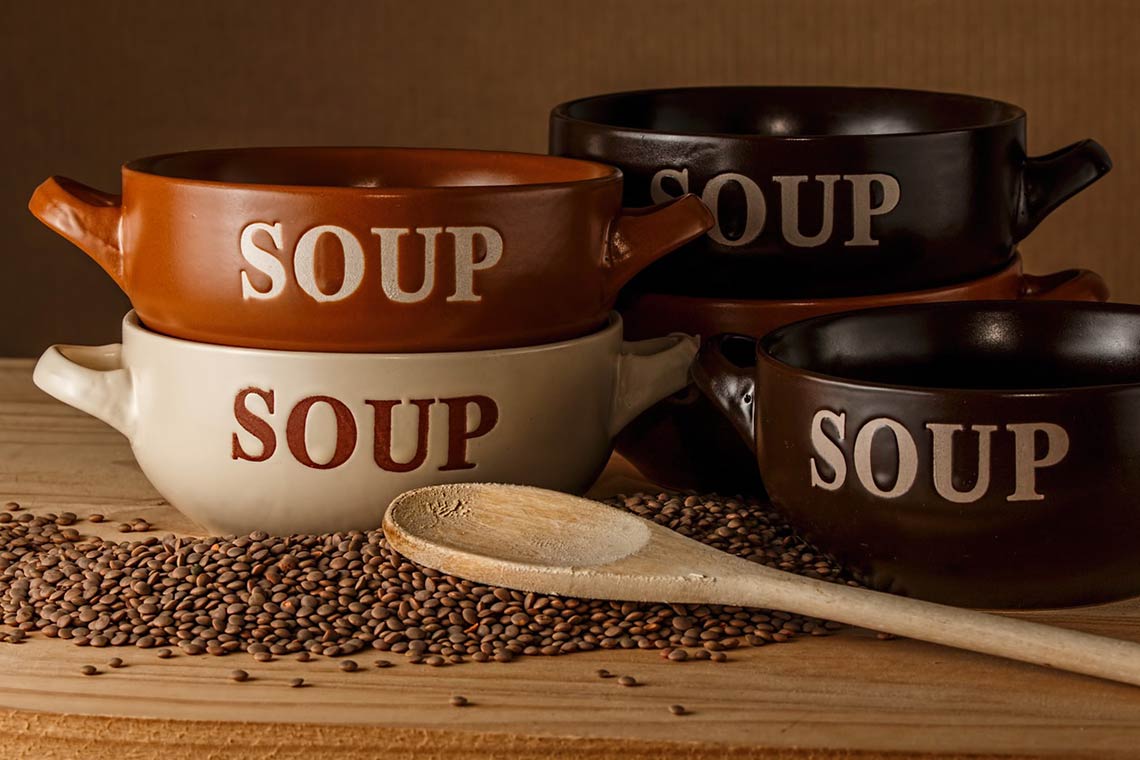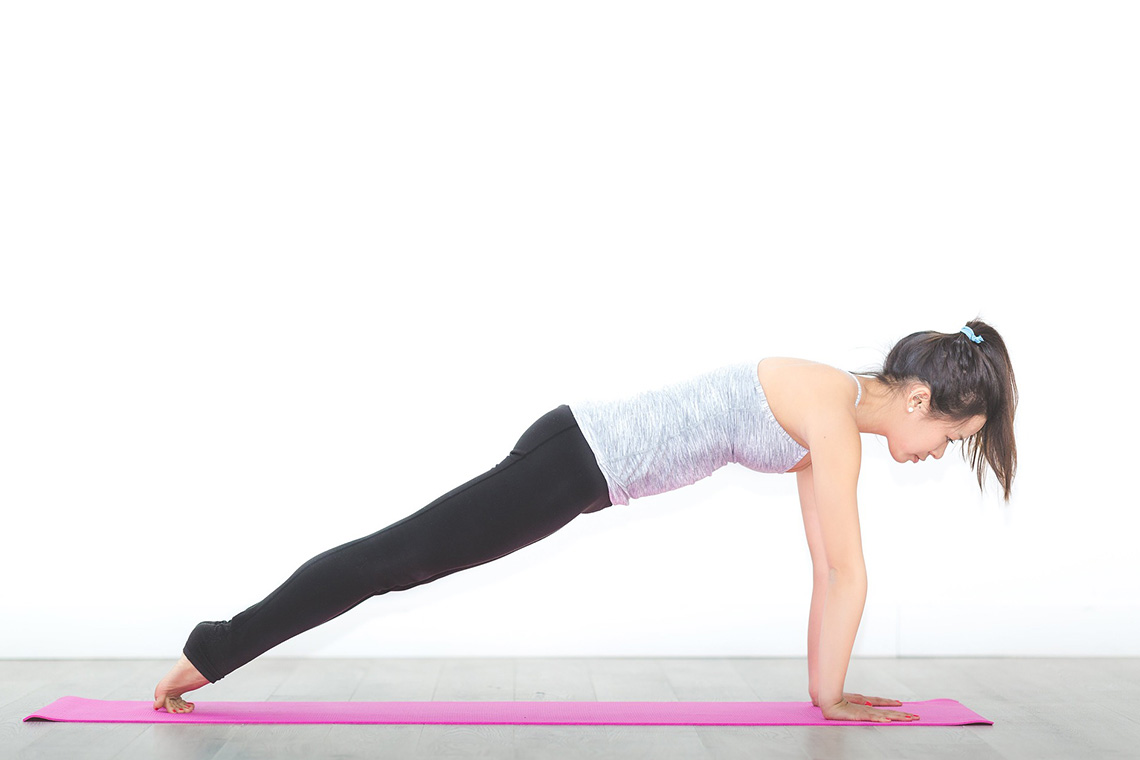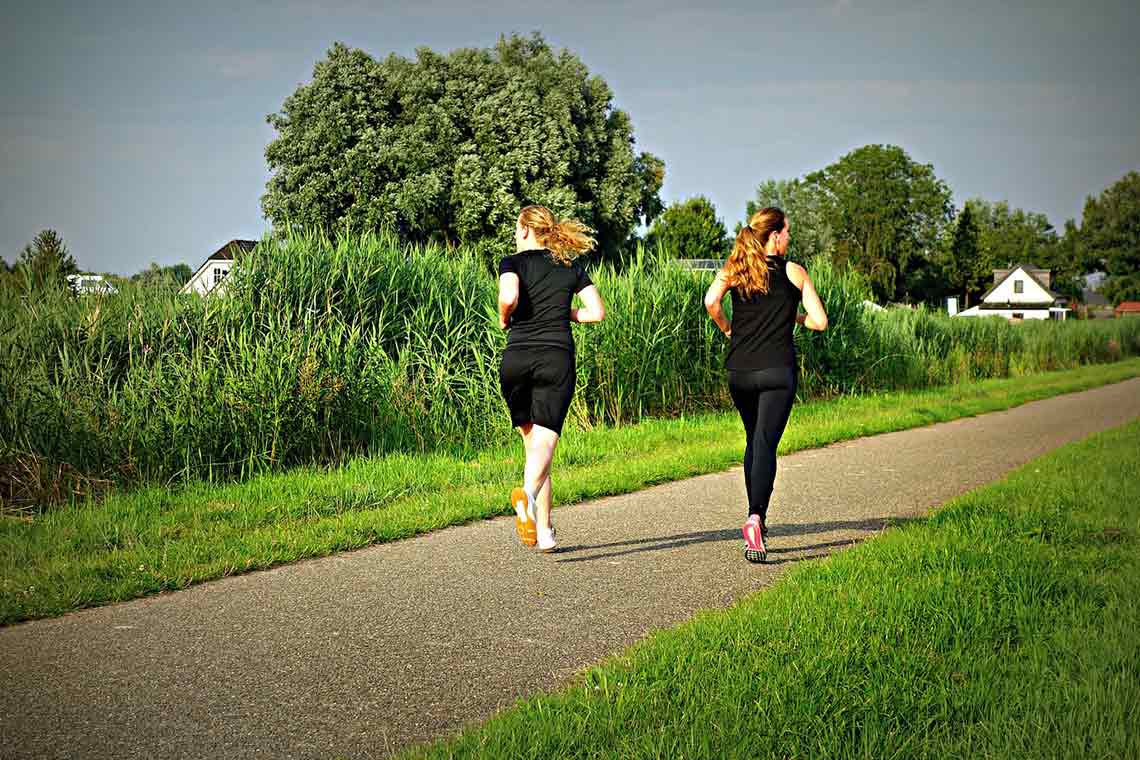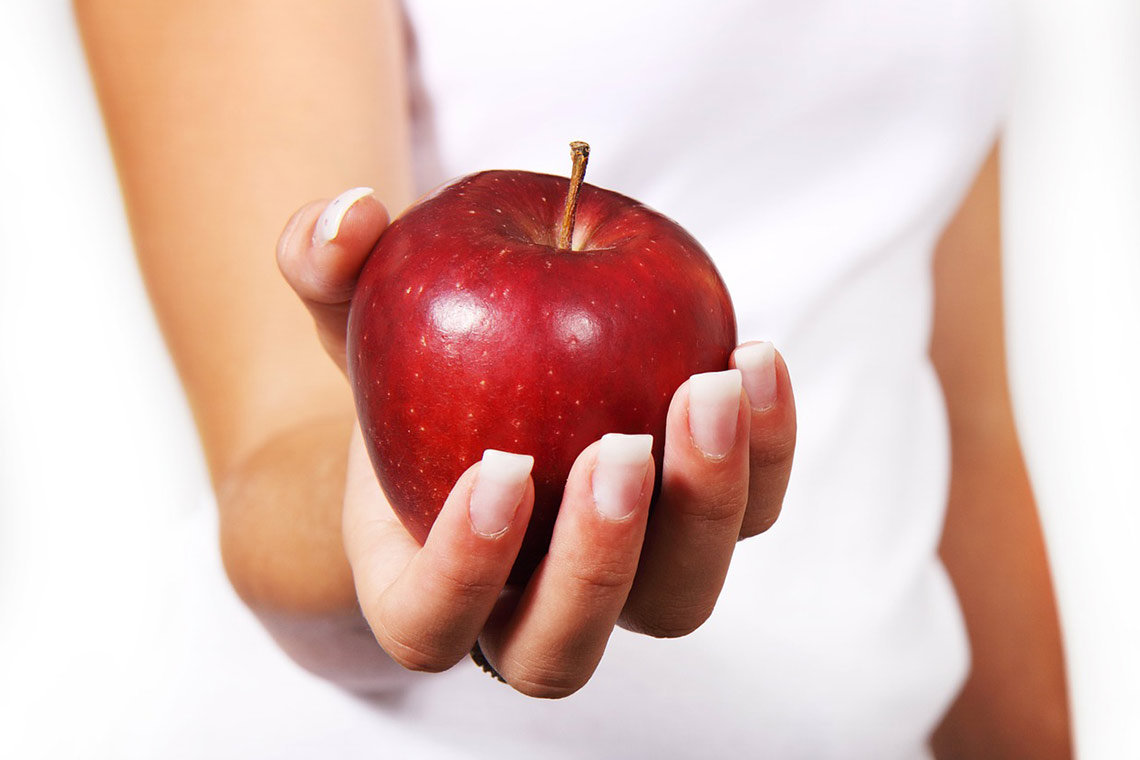Well I am not only a coeliac but also vegetarian so finding hearty foods can be difficult. I love scotch broth (being Scottish!) but I can’t eat the barley that goes into that soup to make it delicious! So I made my own version of it sans meat and barley!
Ingredients:
1 x Onion (antiviral, antibacterial, anticancer, lower cholesterol, calming)
1 x Chopped up leek (as for onion)
2 x Carrots (antioxidant, anticancer, artery protecting, antibacterial)
2 x Potatoes (protein, Vit A, C, niacin, thiamin & riboflavin, iron, calcium)
1/2 Savoy Cabbage (anticancer, speeds estrogen metabolism, antibacterial, antiviral)
2 Parsnips (six types of anticancer agents)
1/2 cup of brown rice (Vitamin B, calcium, magnesium, phosphorus, iron)
1 x drained and rinsed can of Adzuki Beans (Vitamin B, fibre, magnesium, potassium, iron, zinc copper, manganese)
Gluten free and vegetarian stock powder (you will need about 1.5 litres but adjust to taste).
Essentially all you need to do is chop up everything, put it all in to a really big pot, just bring to the boil the turn it down to a simmer for around one hour. All the flavours blend together really well and it’s all ready to go. I usually put the cooled soup into a few containers and freeze in portions for lunch meals.
Delicious and enjoy!!
If you have any recipes that you think us vegiacs might like, please feel free to post a comment!
Angie :o)










